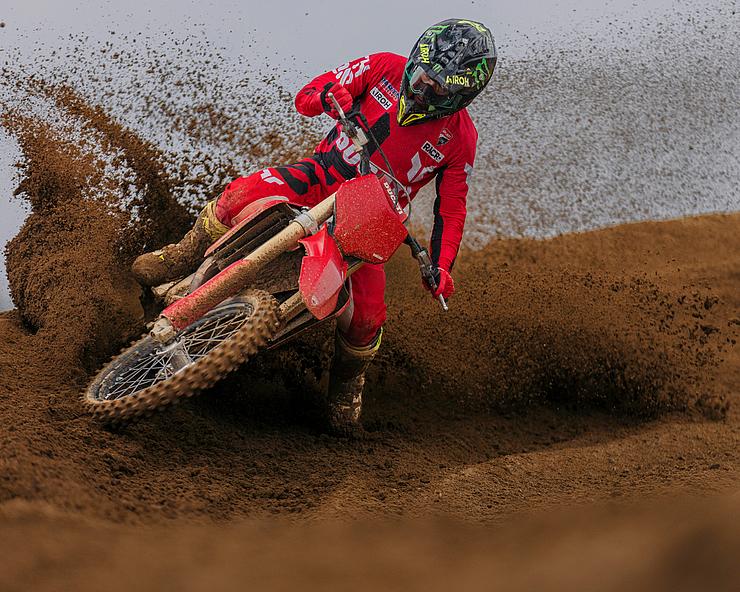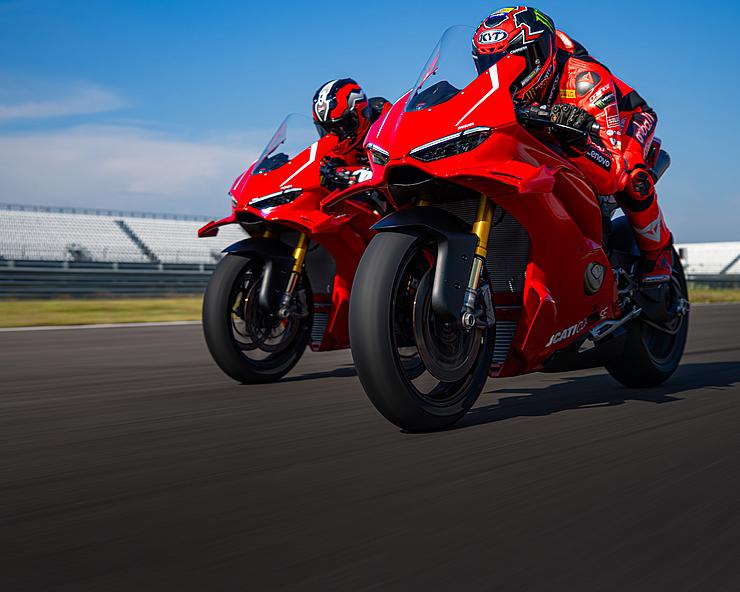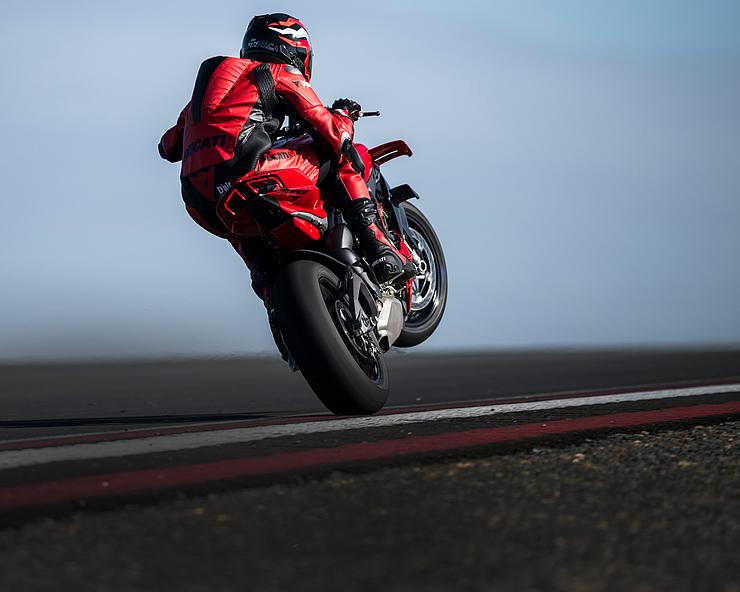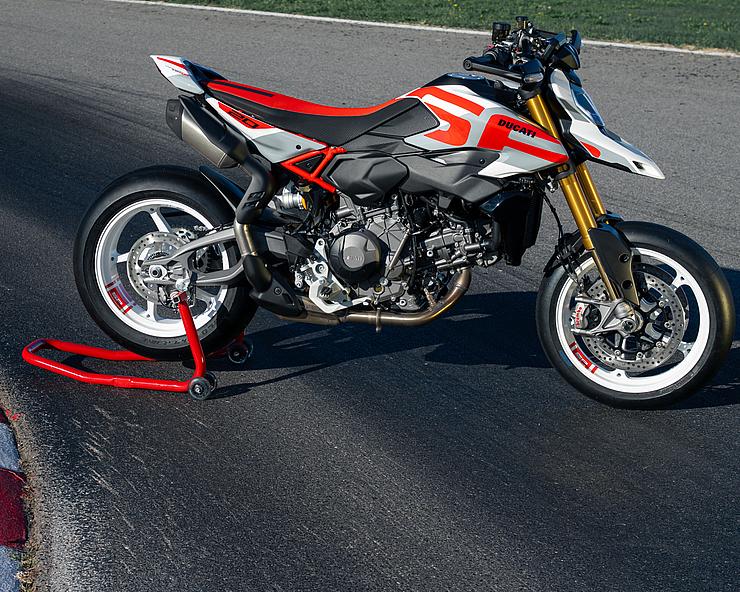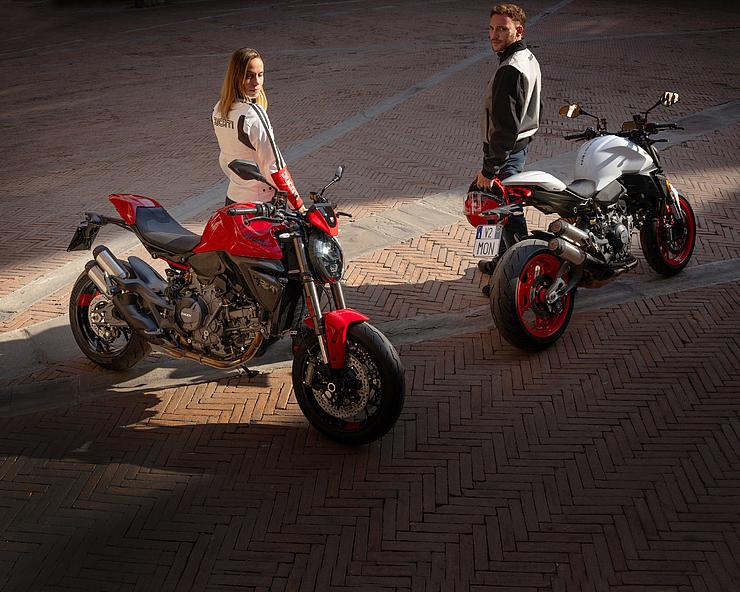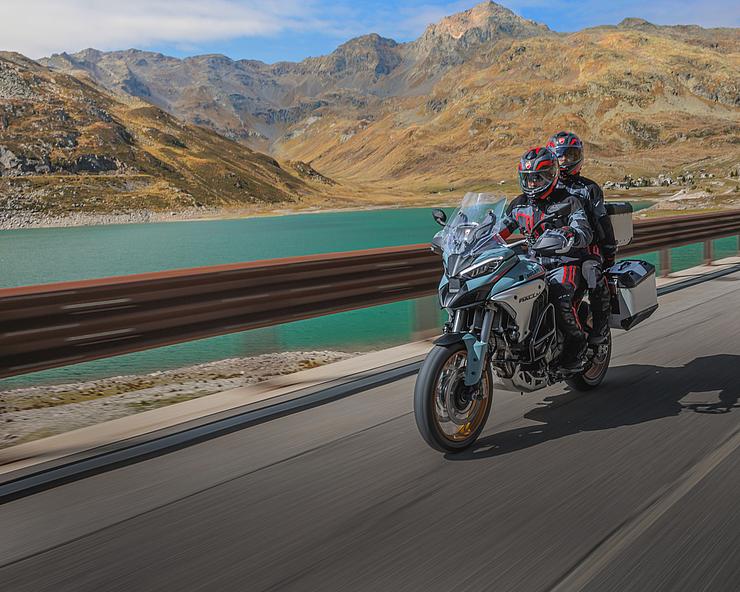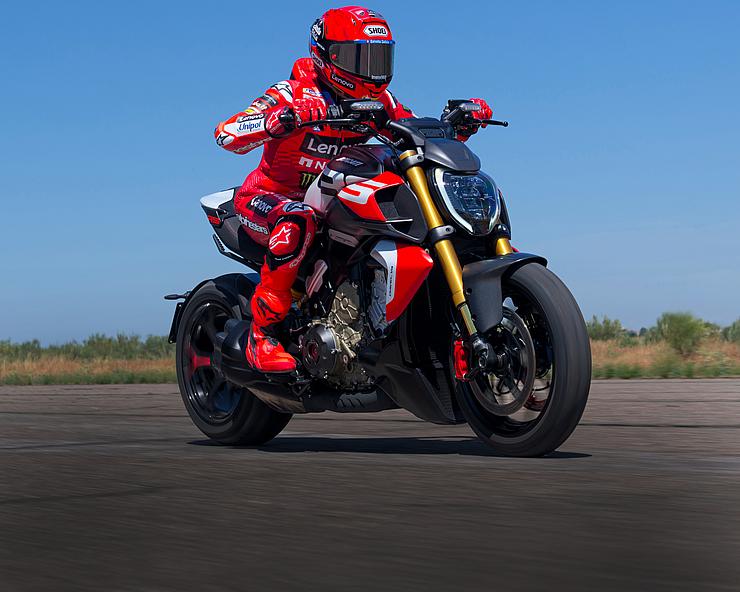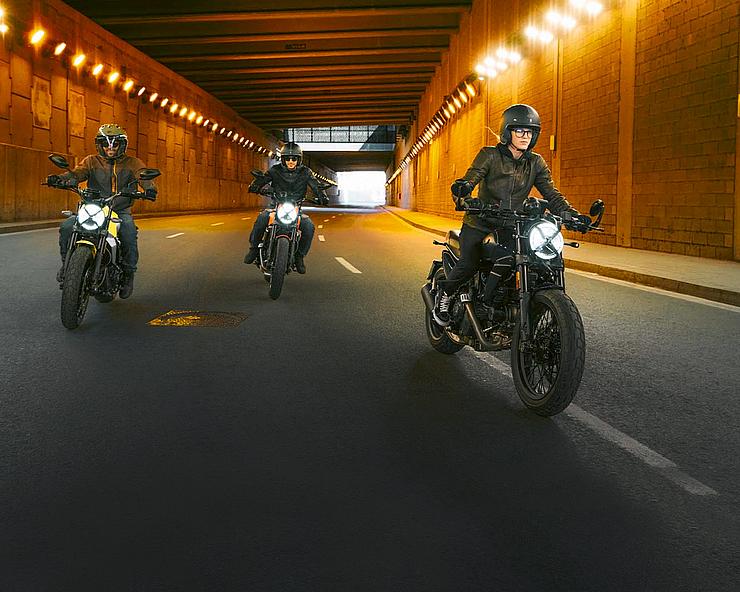Cremona - In the heart of the Po Valley
Just 26 kilometres west of the Cremona racetrack lies the city of the same name, known for its tradition in violin making. Names such as Stradivari, Amati and Guarneri made the city famous. In the charming old town of Cremona, you will find many small restaurants and bars in picturesque squares. The buildings in the Piazza del Comune date mainly from the 13th to 14th centuries.
The circuit is located in the centre of the Po Valley, named after Italy's largest river, the Po. It rises in the mountains of Piedmont and flows east through a 400-kilometre-long lowland plain where it flows into the Adriatic Sea. The Alps lie to the north of the Po plain and the Apennines to the south. It has always been one of the most fertile and populous regions of Italy. Sugar beet, maize, wheat and above all wine are cultivated. During the Middle Ages and the Renaissance, a brilliant urban culture developed in the Po Valley. -Cities such as Bologna, Milan, Mantua, Cremona or Parma are just a few of the names that lie in the immediate vicinity of the race track and invite you to explore them. Behind them are city republics where science, architecture, painting and music flourished.
Those who choose to stay in Cremona will benefit from the city's diverse art and cultural scene. An exciting visit to the city's museums, a relaxed shopping trip or strolls along the banks of the Po: Cremona is a multi-faceted place for the whole family.
However, Cremona is also famous for a culinary speciality: the Torrone Classico, this sweet nougat speciality enriched with hazelnuts is not to be missed. Another tradition of this region is the production of "mostarda" - mustard fruit. Mostarda from Cremona contains large pieces of cut fruit, mostarda from Vicenza, for example, consists of white mustard and fruit (quince is an essential ingredient) and mostarda from Mantua also consists of apples - the Campanina apple variety - and mustard, but in this case the fruit is left in one piece.

The surrounding area of Cremona
Lake Garda [56 KM]
In less than an hour you are on the shores of Lake Garda, the largest Italian lake. The resorts on Lake Garda are as diverse and multifaceted as the lake itself. Because every holiday resort on Lake Garda seems even more beautiful than the other. And each of the towns on Lake Garda bewitches with its own special charm. The largest town on Lake Garda, Desenzano del Garda, has managed to retain its own incomparable charm. If you want to experience Lake Garda from its contrary side, you couldn't find a better place than Riva del Garda. The second largest town on Lake Garda is tranquil. Wine lovers certainly can't resist the charming town of Bardolino. This picturesque gem is one of the towns on Lake Garda that is synonymous with high-quality, drinkable red wines that melt in the mouth with their full-bodied taste. Olive oil production has also long since gained a foothold in Bardolino.
Mantua [43 KM]
The city of Mantua lies almost insularly inconspicuous surrounded by three beautiful lakes in the middle of the Italian rice fields and has been a UNESCO World Heritage Site since 2008! Tragic events are also associated with Mantua. For example, it is the place of exile of Romeo and Andreas Hofer left his life in the citadel on the other bank of the Mincio. When visiting, be sure to stroll through the beautiful old town, soak up the atmosphere and have an ice cream. Maybe also try the famous crumbly cakes called sbrisolona: a kind of giant crumble biscuit with almonds. In the centre you will find the great cathedral and not far away you should also visit the Palazzo Ducale.
Mailand [125 KM]
Milan, the capital of the north, is considered an all-rounder among Italian cities. The international metropolis of art, music and fashion combines history with modernity and is rich in important sights and art treasures. In addition, there are great restaurants and shopping opportunities to round off the overall package. The most beautiful places in Milan include the Duomo, the Scala Opera House, the Academy of Arts, the Castello Sforzesco as well as the Church of Santa Maria delle Grazie with da Vinci's famous Last Supper and the Navigli district. Milan is also a stronghold of Italian fashion. If you want to shop for the appropriate outfits in an elegant ambience, you should visit the oldest shopping arcade in the world: the Galleria Vittorio Emanuele II.
Venedig [206 KM]
Venice is the capital of Veneto and a unique city known for its canals and churches, which, together with the breathtaking landscape, make it one of the most romantic destinations in Europe. It is a cradle of Italian history and culture and numerous museums and art galleries show this in an impressive way. St Mark's Basilica is the most famous church in Venice, originally the Doge's private chapel in Piazza San Marco, the city's largest square. The Grand Canal is the main boulevard through the city, linking St Mark's Square, the Rialto Bridge and the arrivals from the mainland. The best way to explore Venice is on board one of the world-famous gondolas and let a real Venetian show you the canals of the lagoon city.
Bologna [123 KM]
If you had come to Bologna in the 13th century, you would have been impressed by the gaiety throughout the city and the liveliness in the taverns. The same fun and relaxed atmosphere still prevails today in the restaurants and osterias of Bologna and around the famous Piazza Magiore. This is not least because good cuisine has always been a characteristic feature of Bologna and its inhabitants, which is not surprising given the abundance and quality of the produce from the fertile soils of the surrounding countryside and the convivial nature of the Bolognese people. But Bologna is also the heart of Motor Valley. Here you will find the best of the Italian motor industry, such as Ducati or Lamborghini.
Verona [82 KM]
Verona - the most romantic city in Italy is considered the first typically Italian city when coming from the north even though it belonged to the House of Austria from 1797 to 1866. Verona is a place full of life and bustle and of rare beauty, which is mainly due to its historical development and incomparably well-preserved historical buildings as well as its geographical position. Verona also enjoys worldwide fame for its well-preserved and ever-lively amphitheatre, the Arena, and its association with Romeo and Juliet, the most famous lovers in history. But anyone who has visited Verona understands that this city has much more to offer besides Romeo and Juliet.
Brescia [68 KM]
Brescia is a city on Lake Garda that never runs out of superlatives. The second largest city in Lombardy attracts visitors with its breathtaking location at the foot of Monte Maddalena and Cidneo Hill, which promises a colossal view of Brescia Castle. Its nickname as the "Lioness of Italy" brings back memories of historical moments. For it is not by chance that this name recalls Brescia's role in the age of the Italian Risorgimento. You can also expect countless shops, bars, restaurants or the still very well preserved Roman market square. And while you're there, you should definitely stop off at Brescia's museum landscape, the cathedral or the temple.
Parma [41 KM]
Parma is also a city of music. The Teatro Regio opera house is famous for its Verdi operas, the birthplace of Arturo Toscanini commemorates the world-famous Italian orchestra conductor and the grave of the "devil's violinist" Nicolò Paganini, always decorated with fresh flowers, is located in the Villetta di Parma cemetery. Thanks to the university, founded in 1117 and rich in tradition, with its 30,000 students, the city also has a youthful, dynamic flair which, together with its sense of tradition, makes Parma uniquely attractive. Parma is also a dynamic city economically. It is an important centre of the Italian food industry: not only Parma ham and Parmesan (Parmigiano Reggiano) are at home here, but the internationally renowned pasta company Barilla is also based here.
Modena [90 KM]
A trip to the region of Modena promises a mixture of high culture (Luciano Pavarotti, Teatro Storchi), engine noise (Ferrari & Co say hello), culinary delights (Aceto Balsamico, Parmigiano Reggiano, Prosciutto and excellent pasta) and wine (please give Lambrusco a chance!). All of this makes this area a true epicentre of pleasure that must be experienced. In addition, the hilly landscape that rises south from the Po Valley into the low mountain range is one of the least known scenic beauties in Italy.
